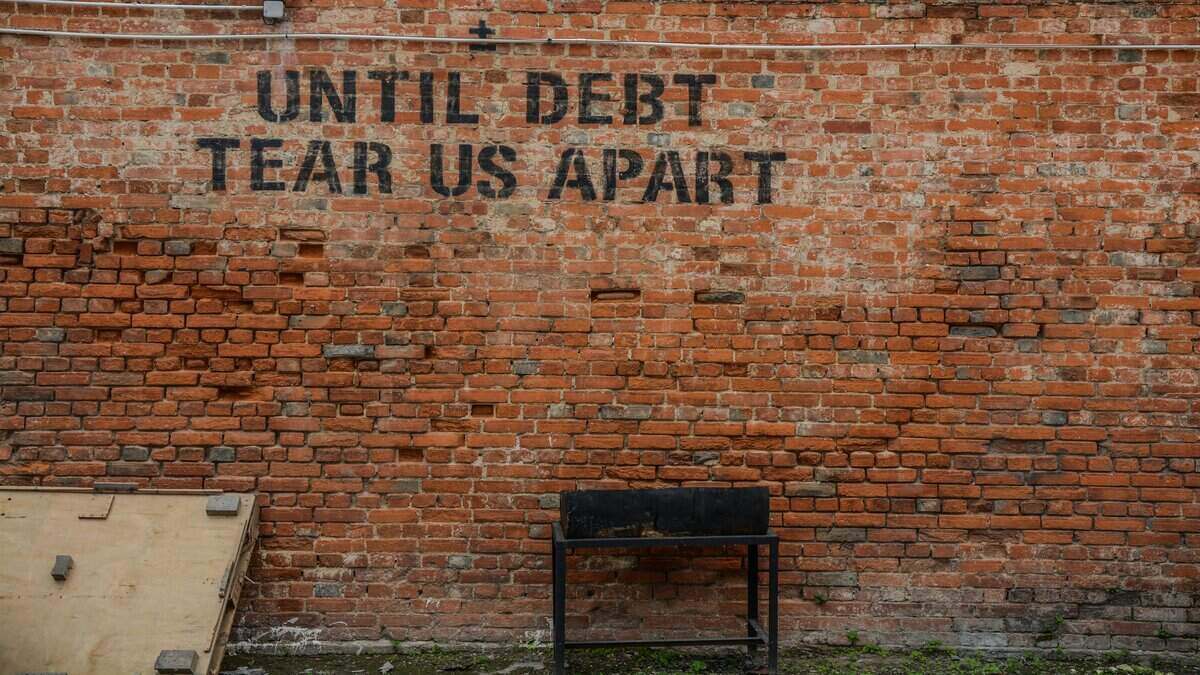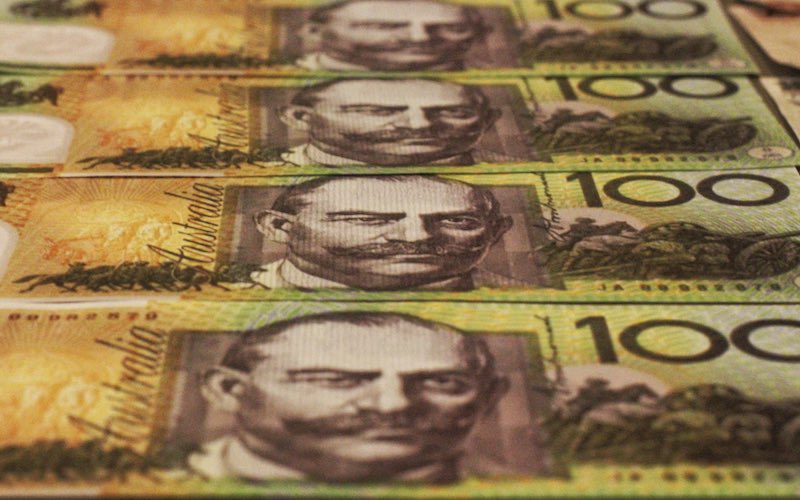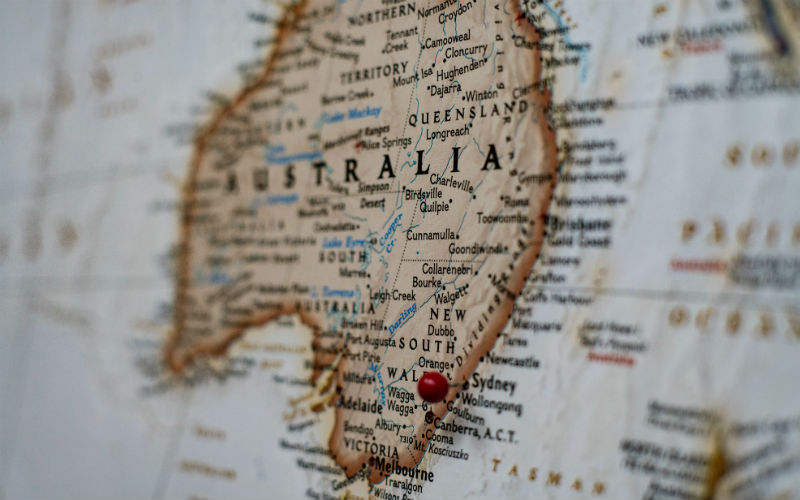Around one in 14 (7%) home loan holders admitted to being unable to pay their mortgage in the September quarter, as per the bank’s latest Financial Hardship Report.
That’s up from 6% in the prior quarter and 3% in the same quarter of 2022.
It comes on the back of 13 rate hikes put forward by the Reserve Bank of Australia (RBA) board since May 2022, bringing the nation’s cash rate to 4.35%.
A rising cash rate tends to be reflected in the interest rates charged to borrowers.
RBA data reveals a typical new home loan signed in September offered a 6.00% per annum (p.a.) interest rate.
That’s up from 4.40% p.a. in the same month of 2022 and 2.37% p.a. in the same month of 2021.
Such changes would have seen the repayments on a 30-year, $500,000 mortgage increase 54% – from around $1,940 a month to close to $3,000, according to Savings.com.au’s Mortgage Repayment Calculator.
When it came to hardship born from home loan costs, those aged under 50 and those earning more than $75,000 a year were most impacted last quarter.
In Western Australia, 14% of respondents admitted they’re unable to meet their home loan repayments, the highest portion of any state or territory.
Meanwhile, people in lower income groups struggled to raise emergency funds, pay for food, basic necessities, bills, and medical costs.
Renters also weren't immune from the cost-of-living crisis, with 10% of renters unable to pay their rent on time – up from 6% a year ago.
That’s not the only potentially disappointing news facing renters today, with the latest ANZ CoreLogic housing affordability report finding it now takes 10 years to save a 20% deposit.
That sees home buyers saving for two years longer than they needed to before the pandemic, assuming a median income and property price.
"The amount of time required to save a deposit is stark and has real consequences,” said ANZ senior economist Adelaide Timbrell and CoreLogic head of Australian research Eliza Owen.
"Particularly when we consider the impacts of higher prices for rents and other essentials that prospective buyers face while they are saving."
Home buyers in Sydney were found to have a harder slog ahead of them than those in Melbourne, forced to save for an additional three years.
Meanwhile, the Victorian capital was the only city in which affordability had improved over the past five years.
The report also found that the median household income could comfortably service a $479,000 home loan in September.
The median dwelling value is more than $700,000.
Recent analysis conducted by Suburbtrends found Australian households must bring in more than $300,000 each year to achieve housing affordability.
Such a wage would represent a third of the nation’s median house price – meeting international benchmarks for affordability.
Looking forward, ANZ and CoreLogic expect housing affordability to worsen in 2024.
Interest rates, demand for housing, and the construction sector will continue to be major influences on affordability.
“Improvement in affordability must come from deliberate efforts to increase housing supply,” the report read.
Image by Martin David on Unsplash.

Ready, Set, Buy!
Learn everything you need to know about buying property – from choosing the right property and home loan, to the purchasing process, tips to save money and more!
With bonus Q&A sheet and Crossword!
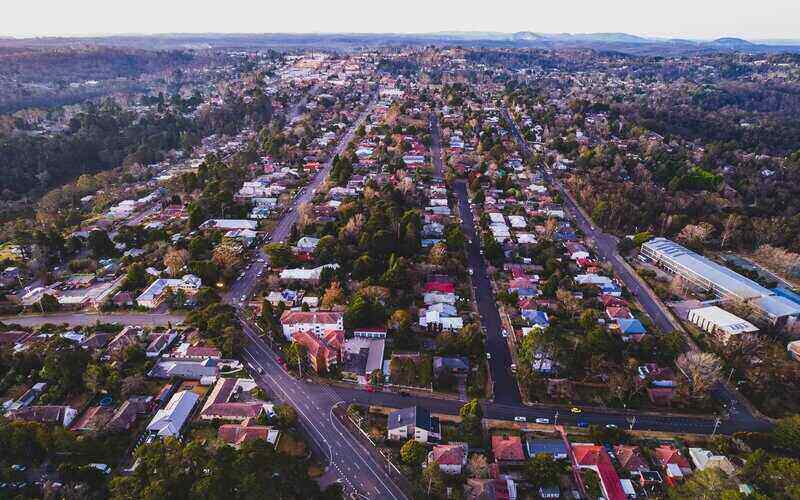

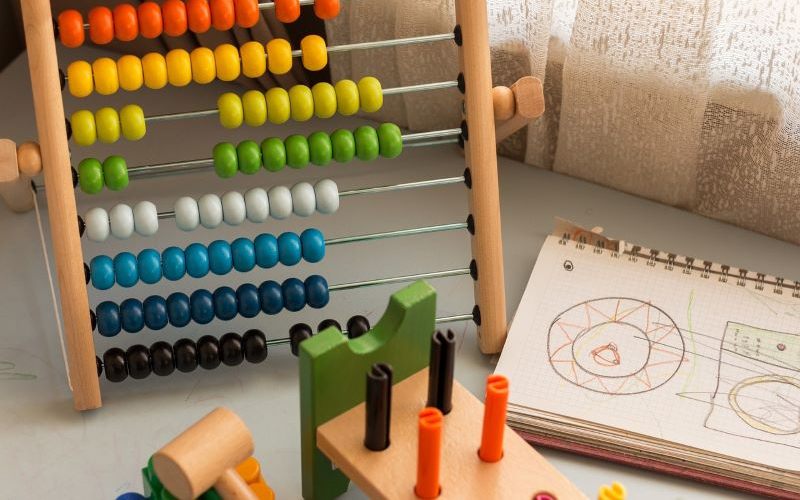
 Harrison Astbury
Harrison Astbury
 Harry O'Sullivan
Harry O'Sullivan
